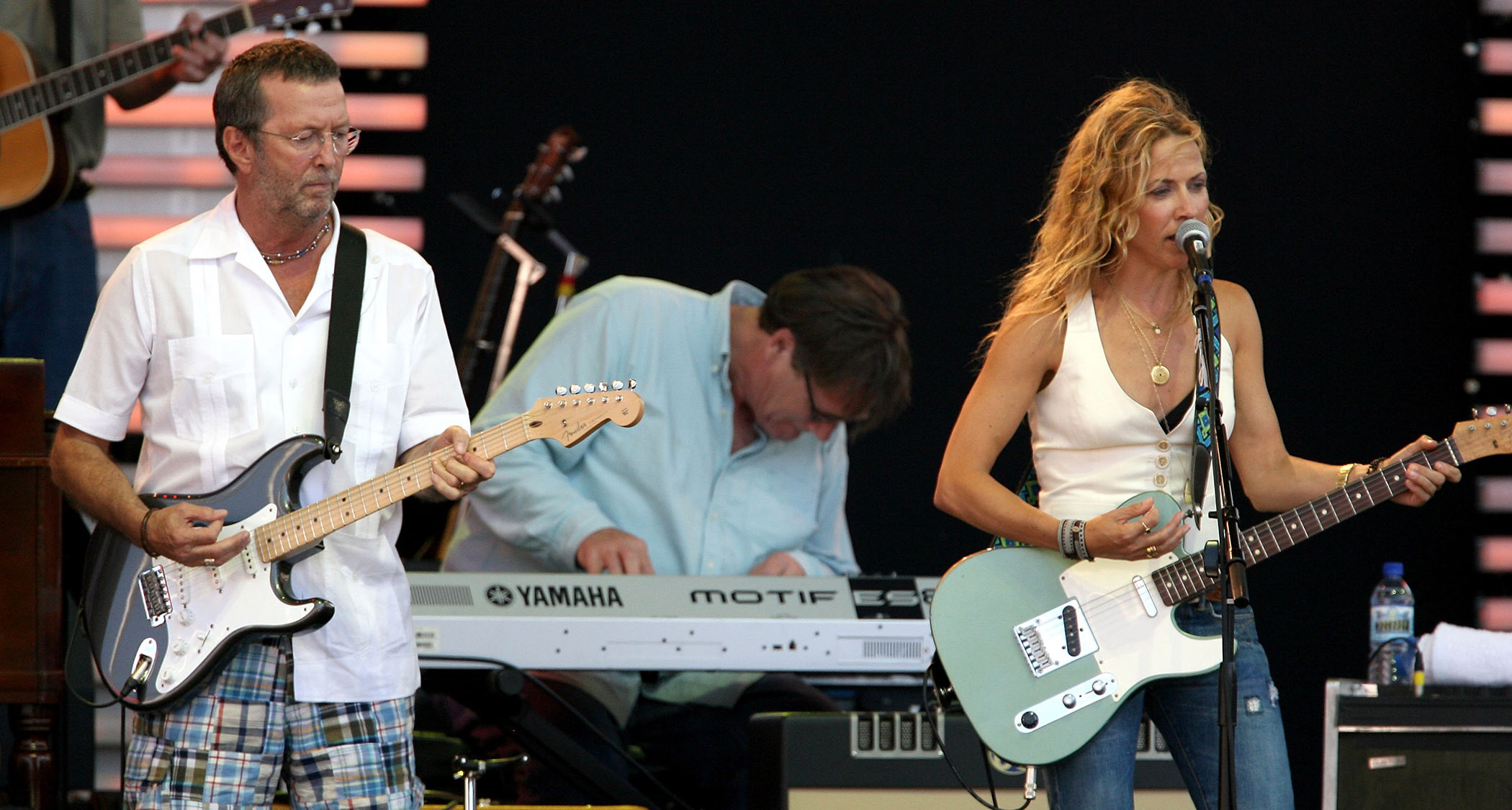“I aim to paint myself into a musical corner and then try to find an interesting way out”: Introducing the ‘handcuffs’ approach to soloing – a simple way to improve your lead guitar playing
Josh Smith shows you an arresting approach for establishing a melodic narrative in your blues solos
For the last couple of lessons, we’ve been talking about how I employ repetition as one of the three tools I like to use in order to strengthen my “melodic narrative” in the development of an improvised solo.
The other two tools are what I like to call “handcuffs,” where I force myself to play within a specific position, and “call and response,” where I will play a phrase and then “answer” it with the subsequent phrase. In this lesson, let’s apply the “handcuffs” approach.
One of the things I really like about these three approaches is that, to me, it’s less about the specific notes and more about how to pull the listener in with a more thematic type of musical development.
With the handcuffs approach, I aim to paint myself into a musical corner and then try to find an interesting way out. I lock myself in a “box,” so to speak, meaning I limit myself to one area of the fretboard, and force myself to play a meaningful solo with very few options and variations in available information.
For example, let’s say we’re playing a swinging blues solo in the key of A.
In Figure 1, I play a full 12-bar solo without deviating from the A blues scale (A, C, D, Eb, E, G) in 8th position, sticking with the top three strings only.
As you can see, I’ve painted myself into a corner by only having this small handful of notes and amount of “information” available, yet the solo tells a story through the use of similar melodic shapes and themes.
All the latest guitar news, interviews, lessons, reviews, deals and more, direct to your inbox!
Not only do I force myself to create something that sounds musical within that one area, I also highlight each chord change as it arrives, making clear reference to the IV (four) chord, D7, and the V (five), E7, in bars 5 and 9. By limiting myself to that little box, I’m forced to strengthen my narrative drive. Then, when I open up the whole fretboard, I’ll have more tools at hand to push the story forward.
Once you’ve set the precedent of improvising an entire chorus in one spot, a great idea is to then move to another spot and continue with the same “handcuffs” mindset.
In Figure 2, I play another full chorus on a standard blues form, but this time I'm playing within the 10th position “B.B. box,” named after blues legend B.B. King and his preference for playing in this position, with the root note sounded on the B string, fretted with the index finger.
Once again, I set up a melodic theme in bar 1 and then subtly develop it with slight melodic variations, telling a musical story as the solo progresses through the 12-bar form. When I reach the IV chord, D7, in bar 5, and the V chord, E7, in bar 9, I tailor the line so that it will allude to these changes in a musical way.
Now that you have the idea, try applying this type of “handcuffs” approach when devising solo explorations of your own.



